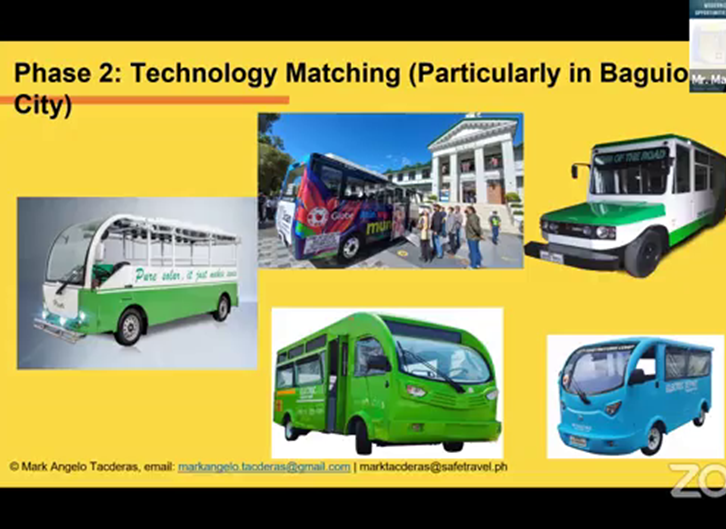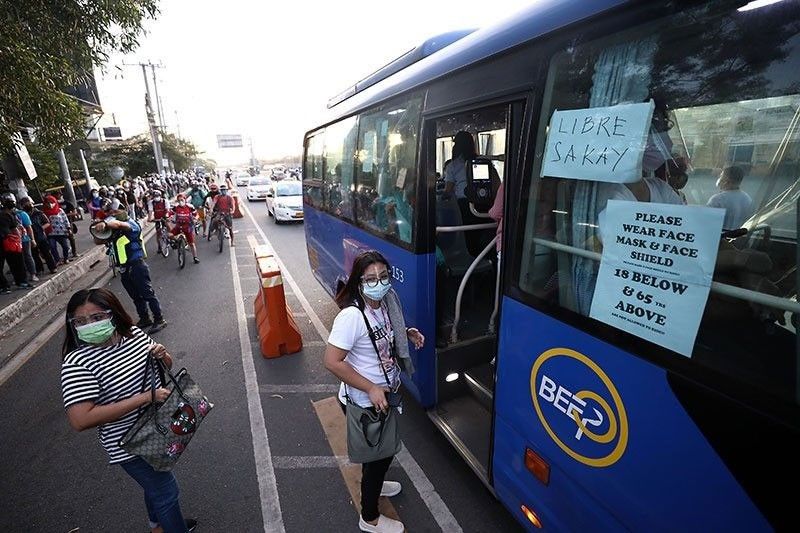Transit Advertising Philippines: Get To Thousands of Commuters Daily
Transit Advertising Philippines: Get To Thousands of Commuters Daily
Blog Article
Just How Transit Marketing Can Transform Public Transport Spaces Into Dynamic Advertising Operatings Systems
Transit marketing holds considerable capacity to redefine public transport rooms right into vibrant marketing platforms that engage and notify. As we check out the multifaceted benefits and progressing methods of transportation advertising and marketing, it elevates the inquiry of just how this makeover can redefine our communications with both brand names and the metropolitan atmosphere.
Benefits of Transit Advertising

In addition, transit advertising is extremely cost-effective contrasted to conventional media. It permits advertisers to accomplish high impressions at reduced expenses, making best use of return on investment. The restricted audience of travelers offers a possibility for brands to communicate their messages to individuals that are often receptive throughout their traveling times.
Moreover, the vibrant nature of transportation advertising enables projects to be updated regularly, guaranteeing that messaging continues to be relevant and timely. This adaptability can be vital in reacting to market trends or marketing events, maintaining the brand name top-of-mind for customers. Lastly, the pervasive existence of transportation advertising and marketing adds to brand recall; repeated exposure within acquainted traveling contexts enhances brand name awareness and fosters consumer loyalty, eventually enhancing and driving sales brand online reputation.
Types of Transit Advertising
Public transportation systems supply numerous layouts for advertising and marketing, each accommodating various marketing strategies and audience interaction techniques. One popular type is outside bus and train wraps, which cover the entire vehicle and create a mobile billboard effect, permitting high exposure in urban environments. These wraps can record focus as they go across active roads, reaching a diverse target market.
An additional prominent format is indoor advertising and marketing, that includes posters, digital displays, and advertisements on transportation seats. These placements involve travelers during their trip, strengthening brand messaging in a constrained area. Digital displays, in certain, provide the advantage of vibrant content, making it possible for marketers to update messages in real-time.
Terminal marketing is also considerable, featuring posters, banners, and interactive stands within transit terminals. These ads leverage foot web traffic and can target specific demographics based upon location.
Last but not least, marketing collaborations with transit authorities can bring about distinct campaigns, such as themed transportation experiences or events, boosting the overall interaction with commuters. Each kind of transportation marketing supplies unique advantages, enabling brands to tailor their method to efficiently reach their target market within the public transportation ecosystem.
Involving Travelers Effectively
Commuters are significantly inundated with marketing messages throughout their daily journeys, making it crucial for brands to engage them in cutting-edge means. To capture interest in this crowded space, advertisers have to prioritize creativity and significance. Making use of attractive visuals and concise messaging can dramatically boost the possibility of interaction.
Interactive components, such as QR codes or augmented reality features, can likewise change fixed advertisements right into immersive experiences, cultivating a much deeper link with the target market. Brands need to concentrate on resolving travelers' needs and interests, customizing messages to resonate with their way of life, whether via promotions for neighborhood companies or solutions designed to improve their travelling experience.
Furthermore, timing plays a critical duty; purposefully positioning advertisements throughout peak commuting hours can optimize presence and influence. Engaging travelers successfully also includes leveraging social media sites integration, permitting passengers to share their experiences or promotions straight from transportation platforms, thereby enhancing brand reach.
In significance, reliable interaction hinges on understanding the traveler trip and producing compelling, interactive, and pertinent marketing experiences that not just record interest but additionally drive action and loyalty. By doing so, brand names can transform public transport right into a dynamic advertising and marketing platform that resonates with its target market.

Measuring Marketing Impact
Just how can brands precisely assess the performance of their marketing projects en route environments? Gauging the effect of transportation go to the website marketing requires a diverse approach that incorporates qualitative and measurable metrics. One prevalent approach is tracking involvement with mobile analytics, where brand names can examine foot traffic patterns and app communications previously, throughout, and after campaigns.
Surveys can give important understandings into brand recall and customer sentiment, enabling brand names to evaluate just how well their messages resonate with commuters. Furthermore, keeping track of social media sites engagement associated to details projects can reveal changes in public assumption and brand discussion.
Furthermore, collaborating with transportation agencies can boost measurement accuracy, as they often have thorough group information on ridership patterns. By incorporating these methods, brand names can create a thorough understanding of their advertising effectiveness, ensuring that their campaigns not only reach but also impact their target audiences effectively.
Future Trends in Transit Marketing
A considerable shift is anticipated en route advertising and marketing as technical innovations and altering consumer behaviors reshape the landscape. Transit Advertising Philippines. The assimilation of electronic screens and interactive media is anticipated to improve engagement, allowing brand names to provide dynamic web content that reverberates with diverse target markets. As public transportation systems embrace clever modern technology, marketers will leverage real-time information analytics to tailor messages based on traveler demographics and behaviors
Moreover, boosted truth (AR) is poised to reinvent the way travelers engage with advertisements. By giving immersive experiences, AR can change an ordinary journey right into an engaging story that captures focus and promotes brand name loyalty. This technology will likely motivate advertisers to develop more index experiential projects that drive consumer communication.
Sustainability is one more critical pattern influencing transportation advertising. As ecological consciousness grows, brand names will progressively look for to align with eco-friendly methods, utilizing sustainable materials and promoting environment-friendly campaigns within their projects.
Conclusion
Finally, transportation marketing supplies significant advantages by boosting brand visibility and involving a restricted target market. With various layouts, such as outside wraps and digital displays, Extra resources it changes mass transit into a lively advertising and marketing platform. Effective interaction approaches and durable dimension techniques even more magnify its influence. As fads evolve, the potential for ingenious communications in between brand names and travelers is poised to grow, guaranteeing that transportation advertising and marketing remains a vital component of contemporary advertising methods.
Transit advertising holds substantial possibility to redefine public transport spaces into vivid advertising and marketing platforms that engage and inform. The pervasive presence of transportation marketing contributes to brand name recall; duplicated exposure within acquainted traveling contexts strengthens brand recognition and promotes consumer commitment, eventually boosting and driving sales brand credibility.
How can brands accurately analyze the efficiency of their advertising projects in transit settings?In final thought, transportation marketing offers substantial advantages by boosting brand presence and engaging a restricted audience. Transit Advertising Philippines. As fads develop, the possibility for ingenious communications between brand names and commuters is poised to expand, making sure that transit advertising and marketing continues to be a vital element of contemporary marketing methods
Report this page